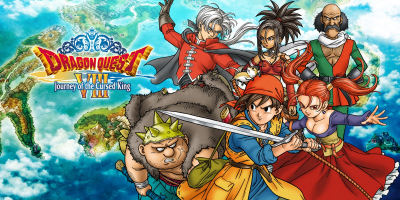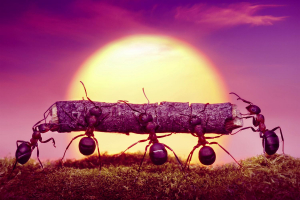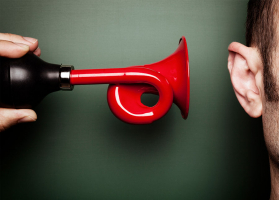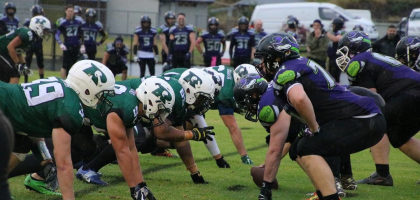Top 10 Everyday Things That Got Their Names in Unusual Ways
The query has been posed more than once, and more than one individual has struggled to think of the ideal name for a book, a dog, or even a child. If you have ... read more...a lot more money than originality, a Swiss consulting firm will charge you upwards of $29,000 to help you name a kid. Who knows, it might even be worthwhile. After all, names can be given to things in the most improbable circumstances.
-
A strong argument can be made that an Ouija board is the best party game/way to unintentionally call a demon ever created. These were available for purchase as early as 1891, and because of their frequent appearances in pop culture and other media, they have recently grown in popularity. They were a must-have Christmas item in 2014. That's very astounding, given that half the cast of every movie that uses them perishes.
Aside from demons and spirits, the Ouija board's name is the most peculiar feature. You don't come across that word very frequently, and the internet won't be much help either. That's because the Ouija board is where the word "Ouija" originated.
According to legend, Helen Peters, a psychic, was utilising a spirit board in 1890. The board responded with "Ouija" when she inquired what it should be called. The planchette on the board shifted to the words "thank you" when she inquired as to what that meant. If the legend is true, the Ouija board is possibly the only inanimate item in history to have given itself a name.
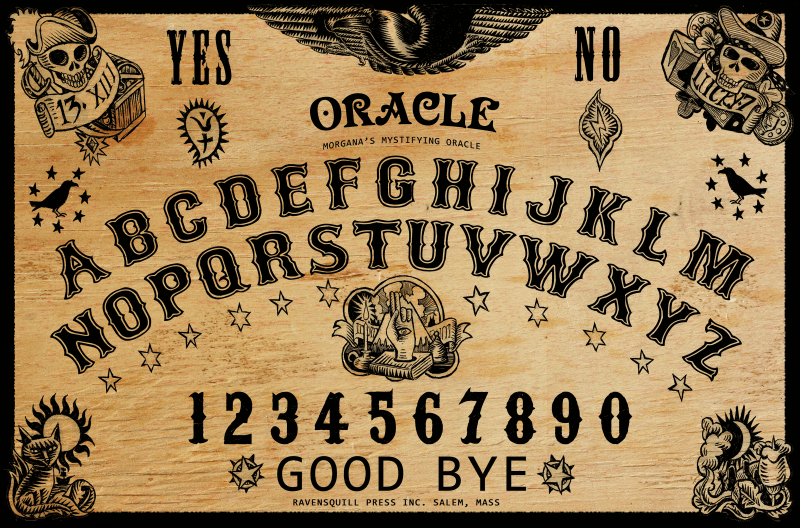
https://pulpitandpen.org 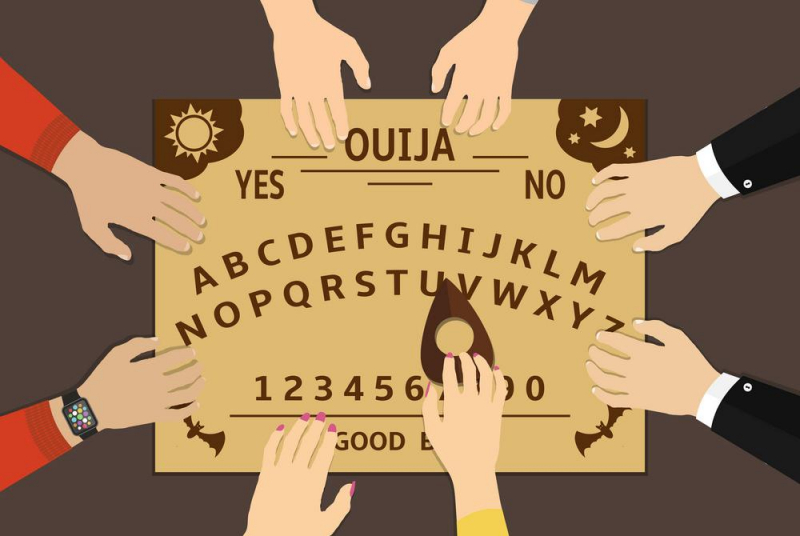
http://www.whoinventedfirst.com -
Most people in this day and age want to think of themselves as nice people—at least, you'd like to think so. It is widely condemned as biassed, prejudiced, and foolish to make fun of someone based on where they are from in the world. Today, naming a product based on unfavourable assumptions about citizens of a certain nation would be very unacceptable. But Scotch tape isn't produced anymore. In the 1920s, it was produced.
Richard Drew, the tape's inventor, began testing it soon after it was created. The reason it wouldn't attach was because the adhesive was only present on the tape's edges, not the entire surface, which upset the user. Richard Drew, the tape's inventor, began testing it soon after it was created.
The reason it wouldn't attach was because the adhesive was only present on the tape's edges, not the entire surface, which upset the user. The employee instructed Drew to take it back to his Scottish superiors, i.e., Scottish people, whom he was insulting for being, as was the stereotype at the time, a bunch of cheapskate. The moniker persisted, and people started to take delight in it.

https://www.mojosavings.com 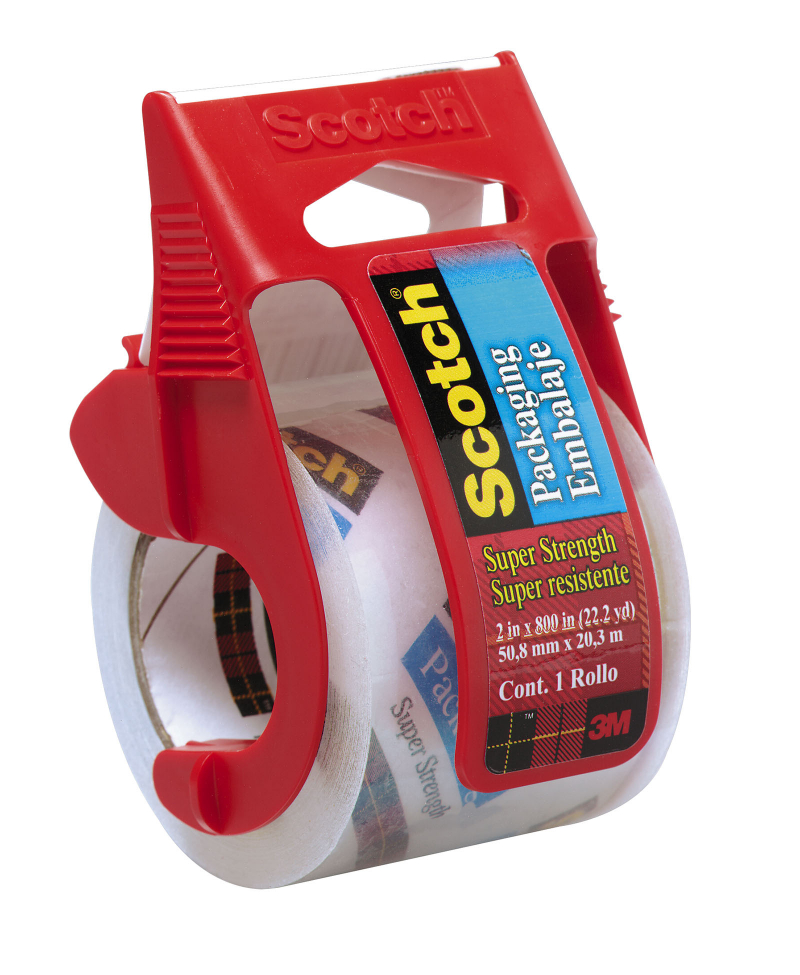
https://www.sears.com -
The bobbit worm is among nature's most dreadful critters. The Bobbit is blind and brainless and has an appearance that not even a mother could adore. The Smithsonian claims that the vivid worm, which lives on coral reefs, has sharp, bristly teeth that resemble harpoons and function as hooks to puncture and immobilise unwary fish. Only its head is visible as the ambush hunter buries itself deep in the sand of the ocean.
This subsurface worm of the deep ocean waits to ambush prey that lands on top of it. Although most are between two and four feet in length, they can grow to be three metres long. Their nearly 90 degree open mandibles snap close quickly enough to split their prey in half as they pull it through the mud and dirt. They also have bristles that can burn and possibly leave you permanently paralysed.
Despite its creepiness, a bobbit worm's name may be the most repulsive aspect of it. They were given that name in honour of Lorena Bobbitt, who made headlines in 1993 by infamously severing her violent husband's penis with a knife. For obvious, unpleasant reasons, the worm and the name are related.
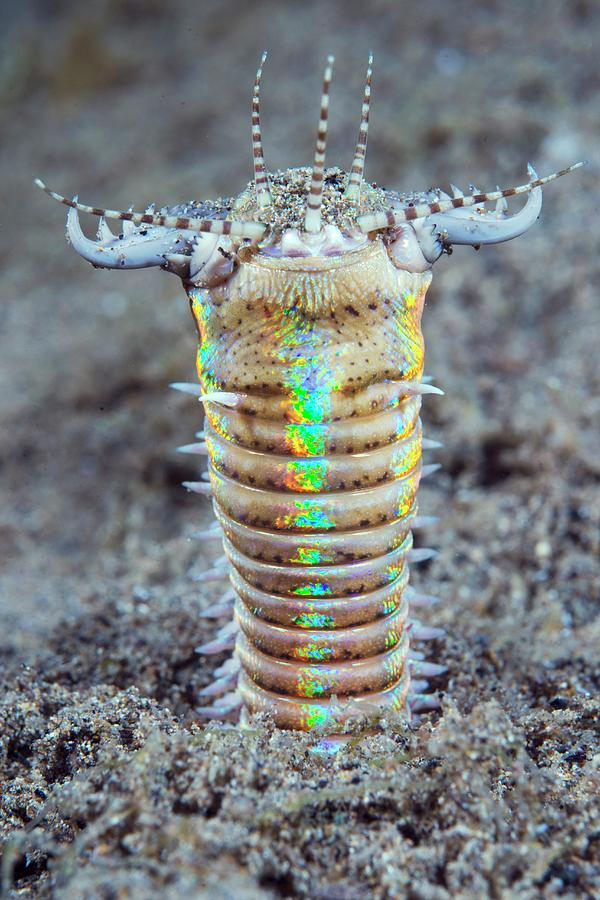
https://pixels.com 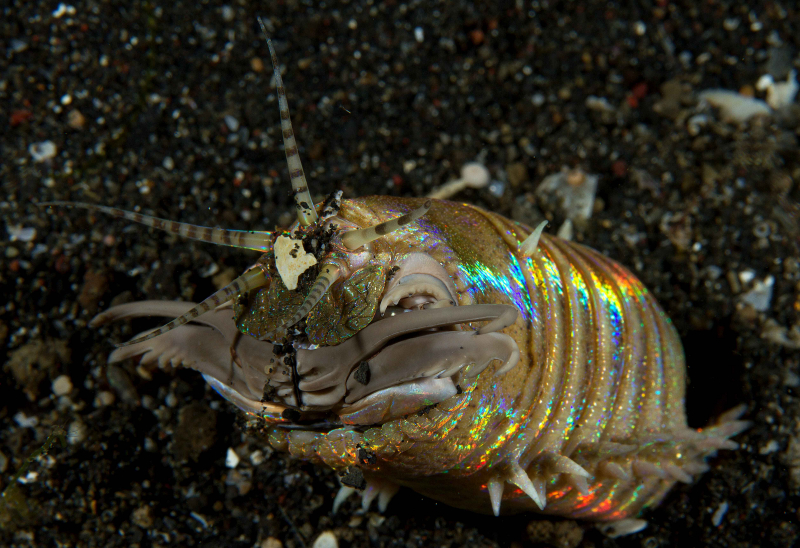
https://saveourseas.com -
Because people frequently take place names for granted, the etymology of place names is always fascinating. How many Californians can say with certainty that they even know what the word "California" means? The term is derived from a Spanish romance story written in the 16th century. California ruled over a paradise island. Like Alaska, which is derived from an Aleut word that means "great land," other state names are derived from Native American languages.
Idaho stands out among the states. When George M. Willing proposed using this word as the name for the state of Colorado, he claimed that it was likely Native American in origin. According to him, it denotes "Gem of the Mountains." The issue was that he simply made up the name; it wasn't even a Native American word.
As a result, they rejected it and chose to give Colorado a Spanish name after the river, which was red, or in this case, "colour rojo." After a few years, Congress had to name a new state, and for some reason they all forgot that Willing had lied about Idaho's Native American origins. They decided to go with that, but it is still meaningless today.

https://handluggageonly.co.uk/ 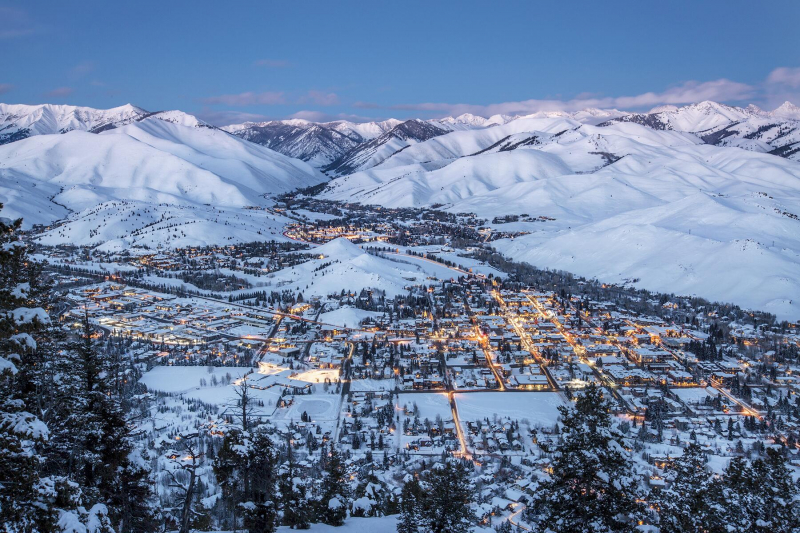
https://wheninyourstate.com/ -
People who have tried other drugs before frequently want to know what the heroin high is like. One of the primary justifications given by heroin users for using this dangerous drug is that it gives them a feeling of euphoria while they are high. It also has a number of negative side effects, many of which first-time users find to be very unpleasant.
We are all given the advice to stay away from heroin because of how harmful and addictive it is. But at some point you could have questioned why it had the same name as a female hero despite the letter "e" being absent. The terms' similarity is not a coincidence or an accident. The idea behind the naming of the drug is that it makes you feel heroic.
Keep in mind that when heroin originally arrived, it was widely utilized as medication. Bayer's cough treatment was sold under the brand name "Heroin," which is derived from the German word for "hero." Why is that its name? Since heroin users at the time frequently claimed to feel "very heroic," the label has remained.

https://www.kentonline.co.uk 
https://www.bhpalmbeach.com/ -
Bibliotheque is the French term for library. A bibliography is where scientific papers and books list the sources they cite. And the Bible, which is the name given to the canonical book of the Christian religion, is widely used. The reason they all have a similar sound is since the origin of each term is the same—a seaport in Lebanon.
Since the Neolithic era, between 8000 and 4000 BC, Byblos has been inhabited. This became a crucial location in the world of books during the Greco-Roman era because it served as the hub for the import and export of Egyptian papyrus, the paper used at the time for all writing.
The Greeks began naming papyrus paper after the city it originated in—Byblos—and it quickly rose to prominence as one of the most valuable materials in the world. Byblos was changed to biblia as papyrus papers were bound together to create books. By the fifth century, church authorities were referring to the sacred texts as "biblia," which later became known as the Bible.

https://www.touchpointisrael.com/ 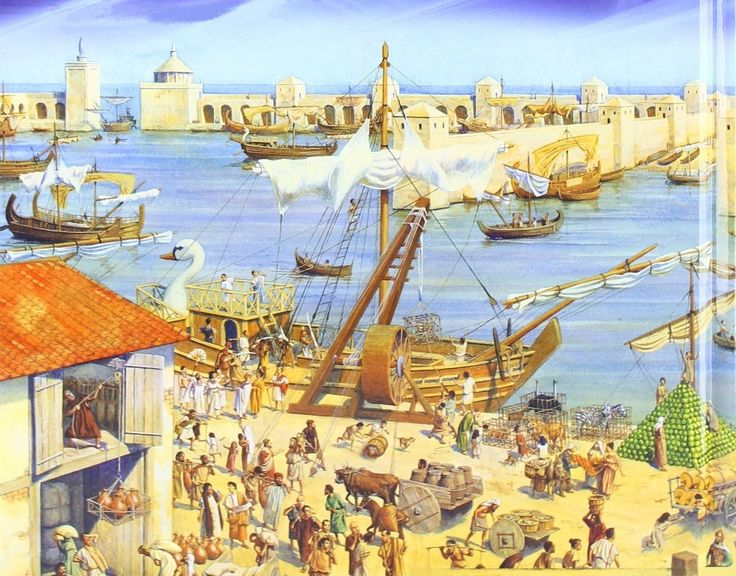
https://www.pinterest.co.uk/ -
You can reasonably infer the origin of the word "blue whale" when you hear it. Even though it's not the official name, it's not hard to guess what a killer whale is. What about a minke whale, though? It has a unique name that can be attributed to one of the rare times in nomenclature history when anything was given a name just to make fun of someone's intelligence.
Whaling used to be a widespread practise across many cultures. The minke whale was first domesticated by the Norwegian people, who have a long history of whaling. According to the legend, a guy named Meincke worked as a whale spotter on board a Norwegian whaling ship. He was allegedly new to his position and not particularly skilled either.
You may recall that he called out a blue whale, which, at roughly 200 tonnes, is the largest animal to have ever lived on the earth. Of course, it was discovered to be a minke whale instead of a blue whale, which weighs just about 8 tonnes. The crew began referring to them as Minke's whales in honour of the bad spotter because of his enormous error.

http://www.salishsea.org 
https://www.tropicalnorthqueensland.org.au -
Mastodons and mammoths are sometimes confused, yet they were different creatures with distinct characteristics. The tusks of a mastodon were straighter and shorter. A mastodon, in contrast to a mammoth, which was a grazer that fed on grasses, consumed tougher foods and had teeth that were very different from the smooth, flat teeth of a mammoth. And that's a pretty important nuance. The teeth's name, mastodon, was formed from the Greek words for "teeth" and "breast" by the French taxonomist Georges Cuvier, who reportedly believed that the teeth resembled breasts.
A mastodon tooth appears like a cross-section of a strange cave with stalagmites, in contrast to a mammoth molar's flat and smooth appearance. The tooth's many protuberances would have helped the critter chew on branches and twigs. When their fossilised remains were initially discovered, it was believed that the teeth appeared like they were covered with nipples, hence the name mastodon, which literally translates to "breast tooth."
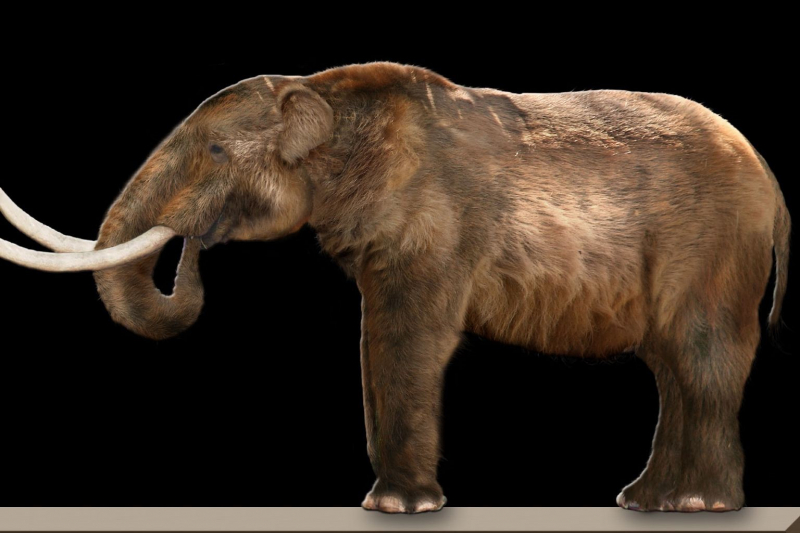
https://picturemeta.blogspot.com/ 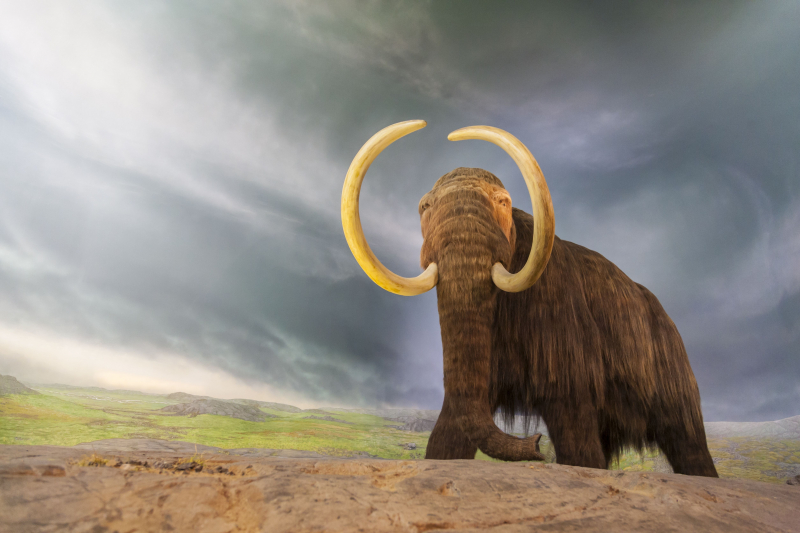
https://www.thoughtco.com -
Wall Street is more of an idea than a physical location for the majority of us. We all know it's a place where money is made, even though few of us will ever have a need to be there, and it has been the topic of stories and films. If you're not familiar, Wall Street is a stretch of eight blocks in Manhattan that houses the city's financial district. Wall Street is home to both NASDAQ and the New York Stock Exchange.
The origin of the name can be attributed to the Dutch, who founded New York as New Amsterdam centuries ago. The narrative, which first appeared in the 1700s, has some minor variants, but in several of them, the "wall" in the name refers to an actual wall. According to one narrative, the Dutch made a treaty with the local Native Americans and later breached it.
Later, as part of their defenses against them, they constructed a real wall. According to a different version of the narrative, the northern boundary of the New Amsterdam town was delineated by an earthen wall. This one may have been used to protect against both the English and Native Americans. Another theory contends that the Walloons, a Belgian ethnic minority, may be responsible for the name's origin. Many of the original settlers were reportedly Walloons.
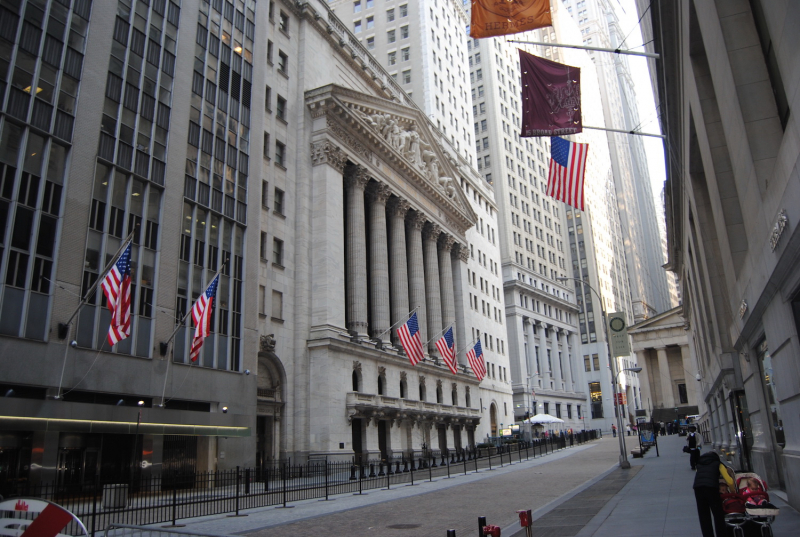
https://www.trend-online.com/ 
https://focusonbelgium.be -
Along with our own sun, the Milky Way galaxy that we call home contains 200 billion other stars. It's estimated to be 13.6 billion years old, making it slightly younger than the cosmos as a whole. Rumor has it that it resembles a Pringles potato chip. Of course, none of that explains why it is called the Milky Way.
The somewhat appetizing name has mythological roots, which is also where the names of the majority of objects in the universe originate. Roman deities Mars, Jupiter, and Saturn. The term "via lactea," which means "road of milk," was formerly used by the Romans to refer to the Milky Way. On a clear night, the Milky Way is gorgeous and amazing if you can see it away from the city. In a manner, a road of milk is reminiscent of the flash of blazing white.
The Greeks, who came before the Romans, also used the name "galaxias kyklos," which roughly translates to "milky circle," to refer to a dairy product. What about the tale? Zeus brought a young Hercules to his wife Hera's house so that he may nurse while she slept. Hera was said to despise Hercules. Being a mortal, his mother pulled the infant away as soon as she spotted him and spilled milk all over the night sky. The Milky Way was thus created.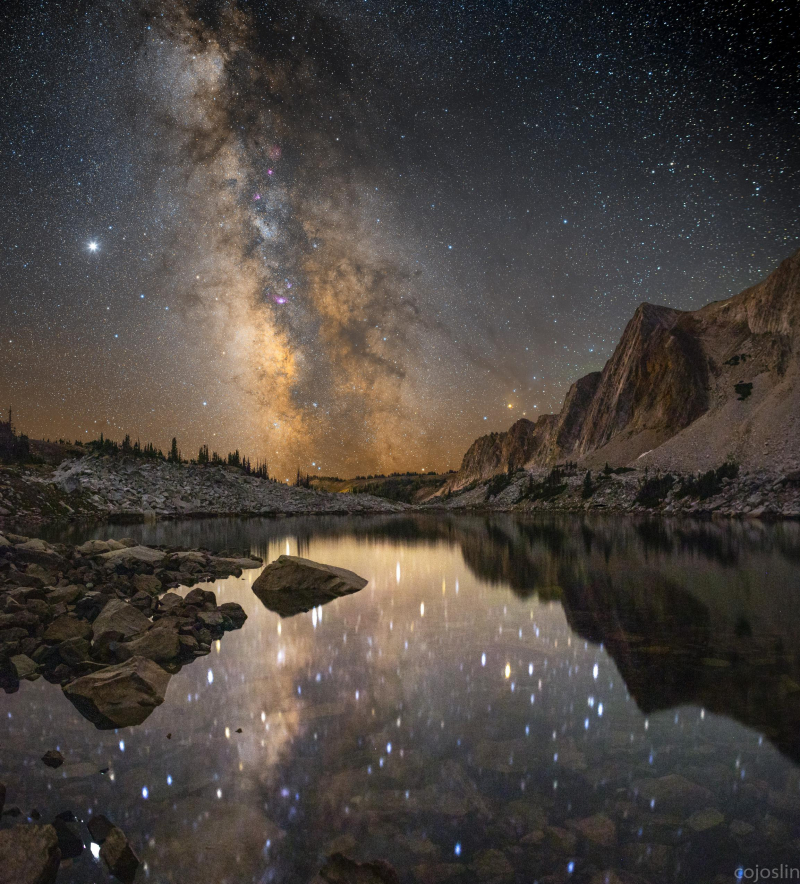
https://spaceonyourfaceinyourplace.wordpress.com 
https://archaeologynewsnetwork.blogspot.com/















